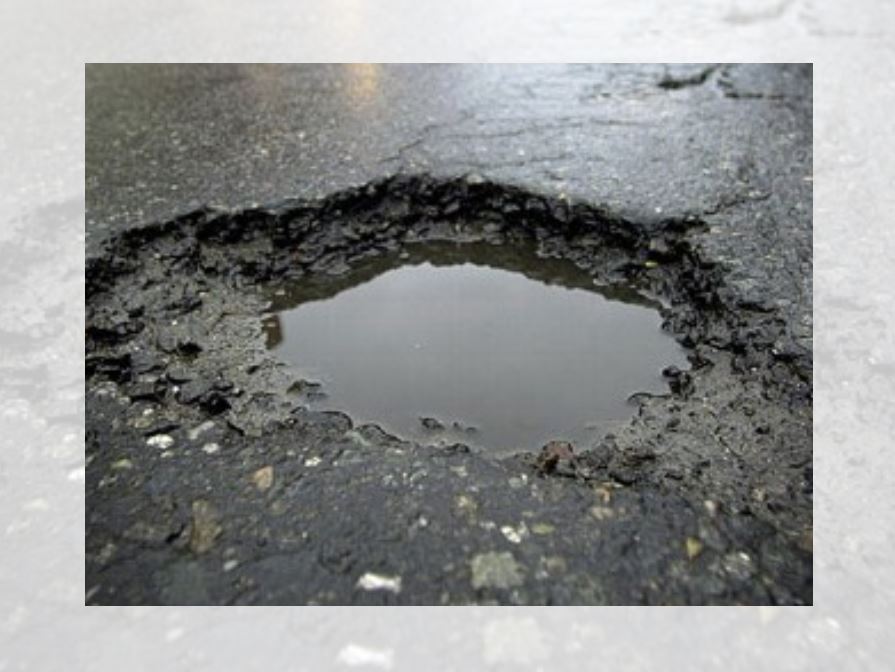Potholes are an ongoing problem for Manitoba drivers, but some of the province’s top thinkers are looking for an academic solution.

Civil engineering prof Ahmed Shalaby of the University of Manitoba’s pavement lab told 680 CJOB that although it may not feel like it, Winnipeg’s roads have been improving over the past decade, in terms of longevity, and that his lab has been experimenting with different types of fillers to come up with a long-term solution.
“We try everything,” he said. “Filling potholes is really a difficult job, a challenging job.
“There are many good materials for filling potholes, but sometimes the problem is not the material used to fill the potholes, it’s the material it will stick to – the hole itself.
“There’s often more damage in the pavement that makes this entire pothole-filling material pop out in one piece and you’re back at where you started.”
A City of Winnipeg public works spokesman said Wednesday that the city has to fill hundreds of thousands of potholes multiple times each year – with a ‘cold mix’ filler in the spring when the holes are still wet, and again later with hot asphalt after the seasons have changed around May.
“We want to get rid of water as quickly as possible,” said Shalaby. “It creates a lot of damage. Freeze and thaw creates a lot of damage to the roads, this daily cycle we see. What we’ve been doing in the pavement lab in the U of M for the past 10 years is to try to improve the type of gravel we use.
“We took out all the clay that used to be in this material, so it now consists of larger aggregates, and both the Province of Manitoba and City of Winnipeg are moving toward using that type of material.
“It’s already been tried on many highways, including Hwy. 75, for example, and it showed very good results. It showed improvement. It showed that the roads can be draining faster, and that makes them return and recover to good-performing condition faster.”
As for Manitobans who insist our roads are the worst out there, Shalaby said he’s not convinced.
“The soil and climate are definitely challenging in Manitoba, but they’re not that much different from the roads in Saskatchewan,” he said.
“You can look up any other major city, and you’ll see that potholes are a major complaint, as it impacts road safety, and that’s where it becomes very important for us to repair and maintain them.
“Of course, the best way would be to design these roads better in the first place and be able to address any deficiencies before they turn into potholes.”
WATCH: CAA Manitoba launches 2019 ‘Worst Roads’ campaign









Comments